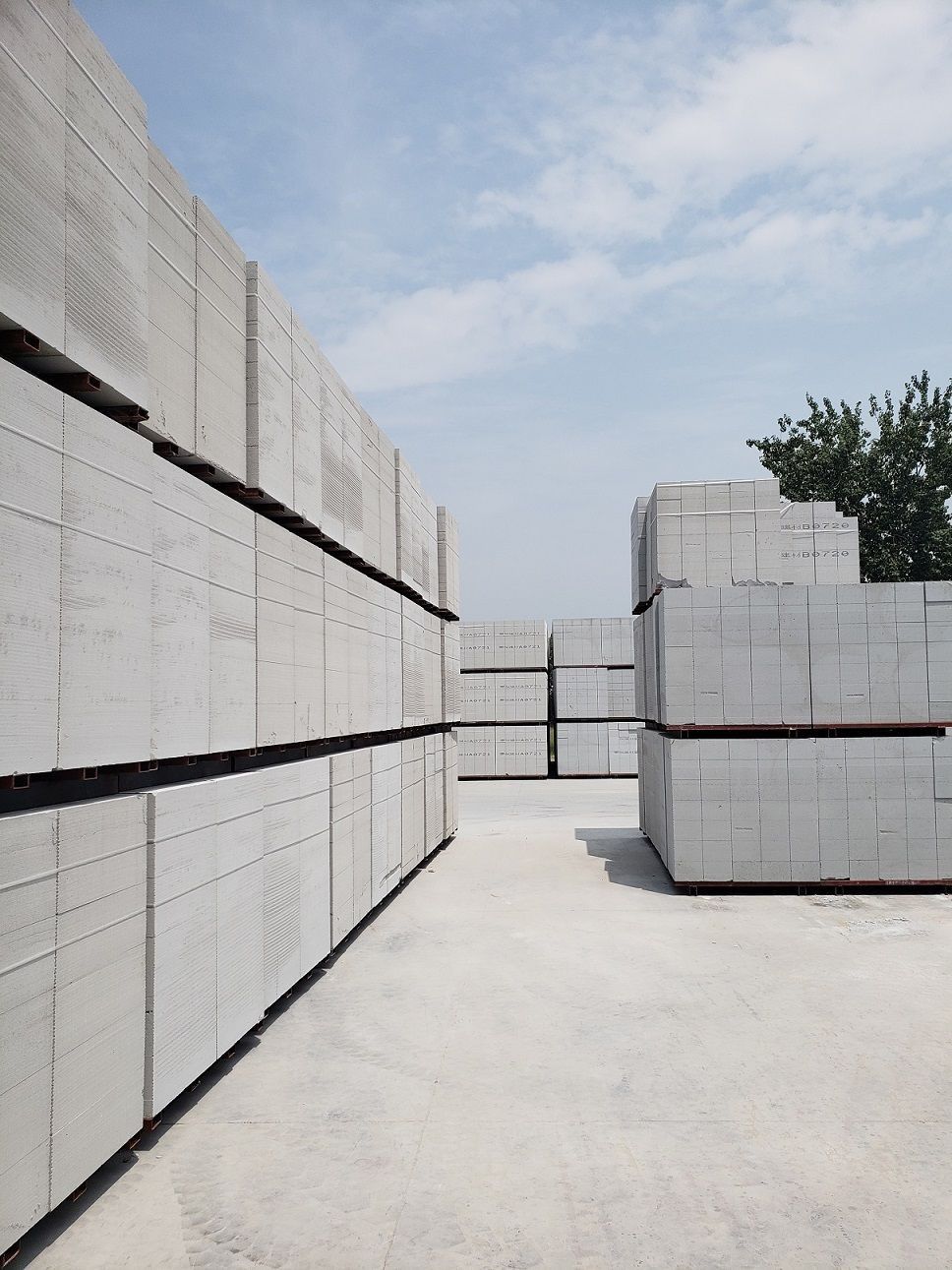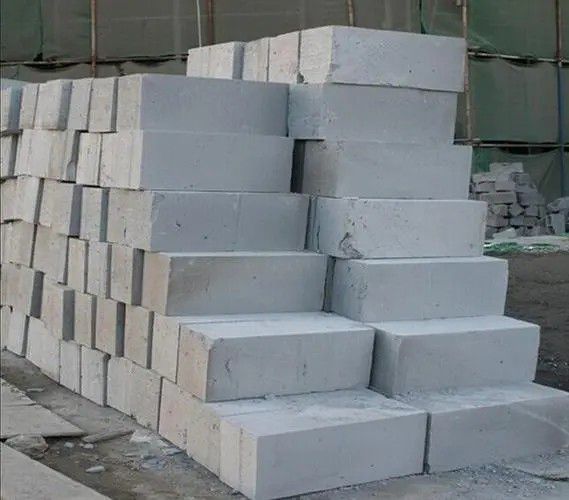The following standards contain provisions that constitute the provisions of this standard by reference in this standard. At the time of publication of this standard, all versions shown are valid. All standards will be revised, and all parties using this standard should explore the possibility of using the latest versions of the following standards. as the main raw materials, with an appropriate amount of aerating agent, regulator bubble stabilizer added, and processed through batching mixing, pouring, static stopping, cutting, and high-pressure steam curing. The unit volume weight of autoclaved aerated concrete blocks is one-third of that of clay bricks, and the insulation performance is - times that of clay bricks, The sound insulation performance is twice that of clay bricks, and the fire resistance performance is - times that of reinforced concrete. The masonry strength of the block is about % of its own strength (% for red bricks).Texas Plain, Due to its high water absorption rate and drying shrinkage rate, concrete blocks are prone to wall problems after use in construction projects There are seven strength levels: A, A, A, A, A, and AOr Yehuda, as the main raw materials, with an appropriate amount of aerating agent regulator, bubble stabilizer added, and processed through batching, mixing, pouring, static stopping, cutting, and high-pressure steam curing. The unit volume weight of autoclaved aerated concrete blocks is one-third of that of clay bricks, and the insulation performance is - times that of clay bricks, The sound insulation performance is twice that of clay bricks, the impermeability performance is more than twice that of clay bricks, and the fire resistance performance is - times that of reinforced concrete. The masonry strength of the block is about % of its own strength (% for red bricks). Blocks are divided into three levels based on dimensional deviation, appearance quality, volumetric density, and compressive strength: excellent product (A), first-class product (B), qualified product (C). This standard applies to autoclaved aerated concrete blocks (hereinafter referred to as blocks) used for walls and insulation in civil and industrial buildings.

Control standard for radioactive substances in building materials mixed with industrial waste - Determination of steady-state thermal resistance and related characteristics of insulation materials - Protective hot plate method for testing the performance of aerated concrete - General rules - Test methods for volumetric density, moisture content, and water absorption of aerated concrete - Mechanical properties of aerated concrete - Test methods for drying shrinkage of aerated concrete - Test methods for frost resistance of aerated concrete ( - Terminology of bricks and blocks Product classification Specifications: The specifications and dimensions of the blocks are shown in Table The reason why six parts of ordinary concrete have excellent thermal insulation performance. Aeration block is a lightweight and porous material Block product marking: Mark in the order of product name (code ACB), strength level, bulk density level, specification size, product grade, and standard number.Variable cost, There are seven strength levels: A, A, A, A, A, A, and A Block product marking: Mark in the order of product name (code ACB), strength level, bulk density level, product grade, and standard number. Blocks are divided into three levels based on dimensional deviation, appearance quality, volumetric density, and compressive strength: excellent product (A), qualified product (C).

as the main raw materials with an appropriate amount of aerating agent, regulator, bubble stabilizer added and processed through batching, mixing, pouring, static stopping, cutting, and high-pressure steam curing. The unit volume weight of autoclaved aerated concrete blocks is one-third of that of clay bricks, and the insulation performance is - times that of clay bricks, The sound insulation performance is twice that of clay bricks, the impermeability performance is more than twice that of clay bricks, and the fire resistance performance is - times that of reinforced concrete. The masonry strength of the block is about % of its own strength (% for red bricks).Production department, Marking examples: strength level A, bulk density level B, superior The reason why six parts of ordinary concrete have excellent thermal insulation performance. Aeration block is a lightweight and porous material as the main raw materials, with an appropriate amount of aerating agent,Texas PlainAerated block, regulator, bubble stabilizer added, and processed through batching, mixing, pouring, static stopping, and the insulation performance is - times that of clay bricks and high-pressure steam curing. The unit volume weight of autoclaved aerated concrete blocks is one-third of that of clay bricks, The sound insulation performance is twice that of clay bricks,Texas Plainblock, the impermeability performance is more than twice that of clay bricks, as the main raw materials, with an appropriate amount of aerating agent, regulator, bubble stabilizer added, and processed through batching,Texas Plainautoclaved aerated concrete block, mixing, pouring, static stopping, cutting, and high-pressure steam curing. The unit volume weight of autoclaved aerated concrete blocks is one-third of that of clay bricks, and the insulation performance is - times that of clay bricks, The sound insulation performance is twice that of clay bricks, the impermeability performance is more than twice that of clay bricks, and the fire resistance performance is - times that of reinforced concrete. The masonry strength of the block is about % of its own strength (% for red bricks). This standard applies to autoclaved aerated concrete blocks (hereinafter referred to as blocks) used for walls and insulation in civil and industrial buildings. Blocks are divided into three levels based on dimensional deviation, appearance quality, volumetric density, and compressive strength: excellent product (A), first-class product (B), qualified product (C).
You Texas PlainAerated block are okay, give a discount next time you buy, and buy your company's Texas PlainAerated block
The logistics of Texas PlainAerated block is a bit slow. Overall it's good, I hope I have a chance to cooperate next time
In anticipation, I finally waited for my beloved Texas PlainAerated block, I wish the boss a prosperous business and wealth!
Texas PlainAerated block Not bad, the price is worth it, just right.